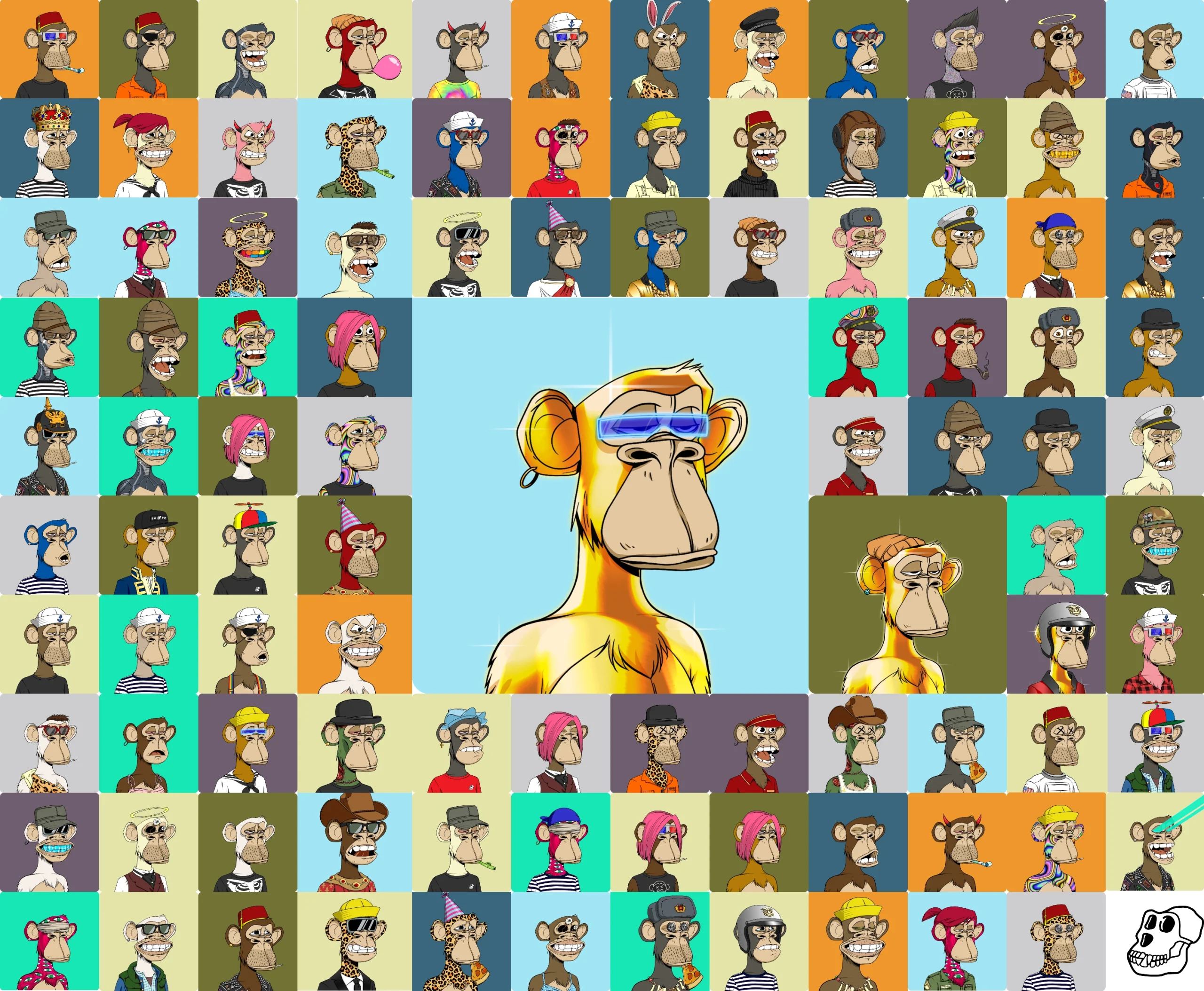Artist Mike Winkelmann, otherwise known as ‘Beeple’, hadn’t sold an artwork of his for more than $100 prior to 2021 despite diligently creating an artwork every day for 12 years and having over 2.5 million followers on Instagram.
However, that all changed on March 11th of 2021. Beeple’s NFT ‘Everydays: The First 5,000 Days’ (2021) at Christie’s Auction House sold for $69.3 million.
Christie’s reported that 22 million people logged into the sale — 60 percent of them under the age of 40 — to witness the first public sale of an NFT.
Beeple is now ranked as one of the top three most valued living artists, based on that one sale alone.
It is worth mentioning that this sale didn’t just come from nowhere but was a result of a long-standing pattern that exists in the art world, working alongside the consistency of an artist (hopefully).

Beeple had been selling his works as NFTs for months and subsequently increasing the value of said works over time. In October of 2020, Winkelmann sold his first series of NFTs, with a pair going for $66 666.66 each. In December 2020, he sold a series of works for $3.5 million total. And in February of 2021, one of the NFTs that originally sold for $66 666.66 was resold for $6.6 million.
Before his big break in 2021, Beeples’ origin story was not uncommon. The trope behind the “struggling artist” narrative unfortunately does hold some ground in everyday life. The repeated story of an artist who is constantly creating only for little to no income or recognition is the norm for many.
And although for many artists, the sheer bliss and fulfilment of creating work is enough, practical requirements like eating and having a place to sleep unfortunately cloud the idealistic concept of art production.
However, in Beeple’s case, his rise to stardom is far from being a stroke of luck but was instead a premeditated decision by the people who decide what valuable art holds – these people are mainly art dealers. This then trickles down to collectors, curators, buyers etc. This is how the art world has been operating for centuries and it is no different right now whether it is on a digital landscape or the traditional market.
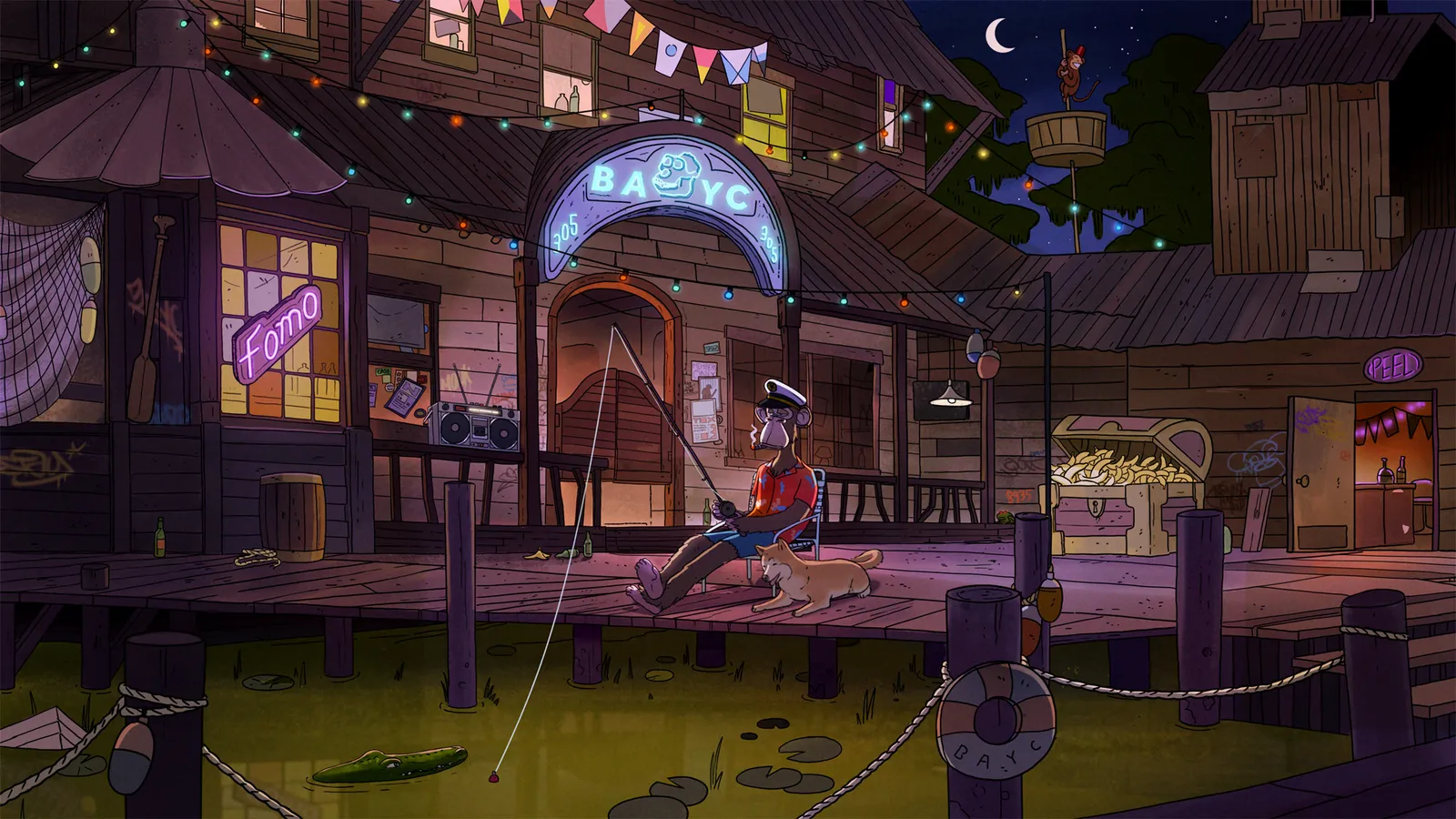
Ever since NFTs invaded our everyday viewing pleasures on social media, there has been massive online backlash and comments disregarding the nature of said NFTs — one being people calling them ugly and not considering them to be artworks. I found this very interesting as it is many art dealers and collectors who have decided to invest in these creations.
Which then begs the question — are NFTs art? And if so, has art lost its meaning?
Before we answer these questions, it is important to understand the nature of art, its characteristics and why we consider some things art and others not.
According to the Oxford Dictionary the definition of ‘art’ reads as follows: “the expression or application of human creative skill and imagination, typically in a visual form such as painting or sculpture, producing works to be appreciated primarily for their beauty or emotional power.”
Now… I want to take a second to compare these two “artworks” — the first being Li Yuan-chia, Monochrome White Painting (1963) and the second being Bored Ape Yacht Club #1913.
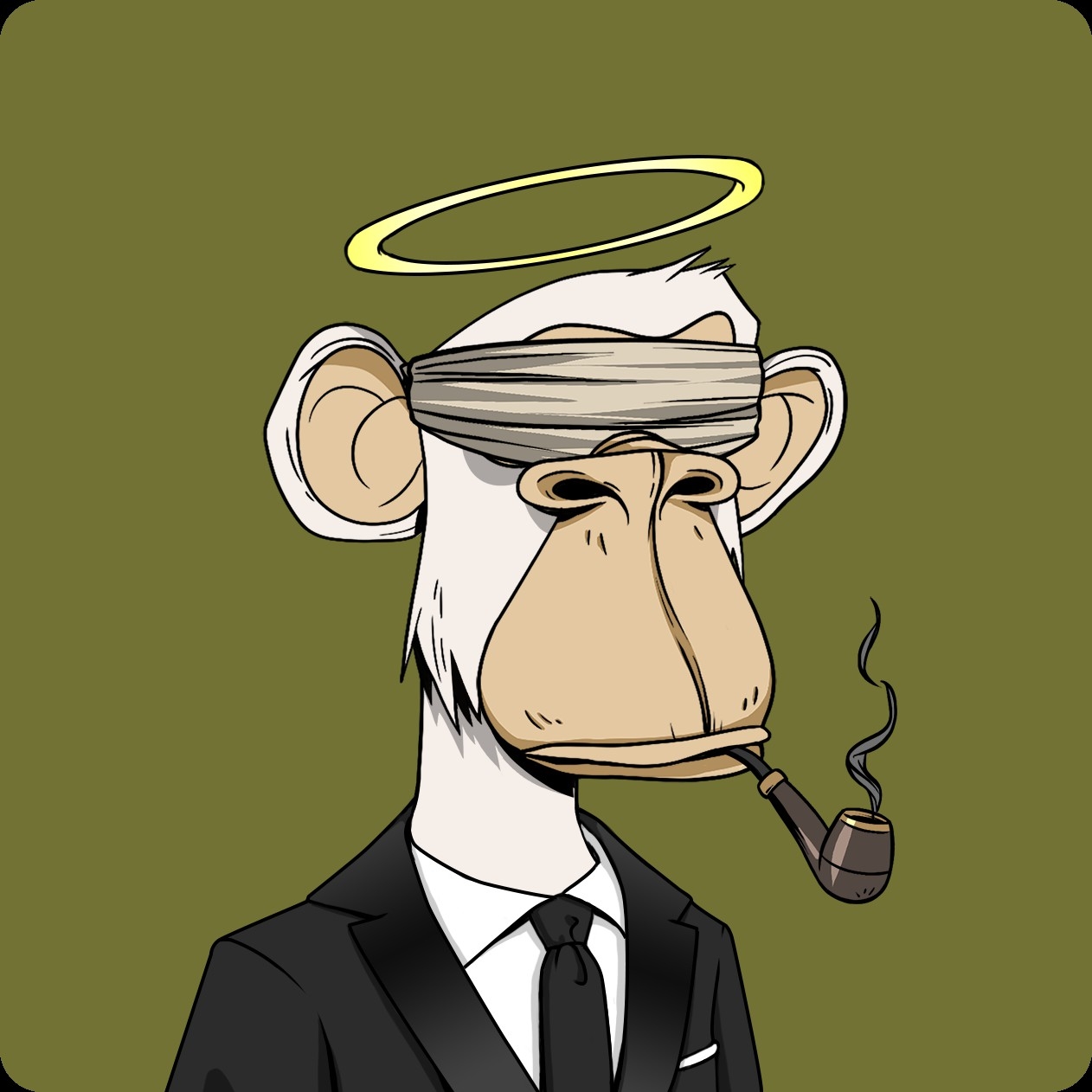
Bored Ape, Yacht Club #1913.

Li Yuan-chia, Monochrome White Painting; 1963.
I want to pose a question to you valued reader: Why do we consider the one art and the other one not? Is it because of the materialistic value, ergo one being made with paint and the other made digitally? Because if that is the case, then digital art as a whole must be ruled out as a form of art making, no?
Please understand that I am not posing these questions in favour of NFT production, but I would like to point out certain conversation pieces that I have yet to see associated with the artistic sensibilities of NFTs, particularly “art” NFTs.
Another possibility to consider is math and programming as a form of art as well. For some, this might be a stretch, but hear me out for a second.
The was an age when art, math and science were considered to be the epitome of human development, following this logic, it is my opinion that one should be able to look at NFT production, particularly NFTs that are computer generated, as a form of art.
We cannot negate the fact that even in the most digital of realities, the human factor cannot be erased. At the end of the day, there are still people – yes actual people – who are behind the programs that create these artworks. So per the definition, there is a presence of “human creative skill and imagination”.
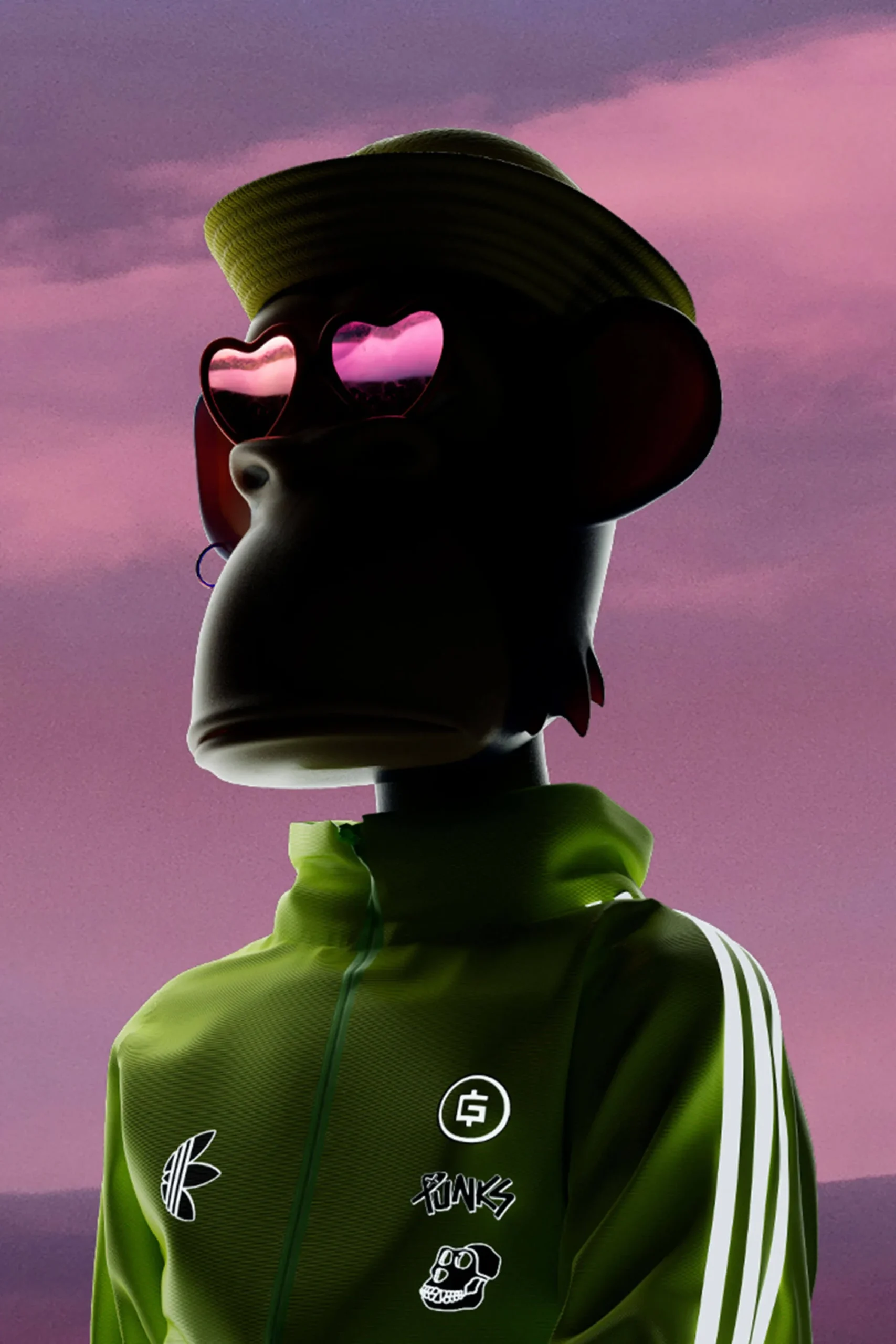
Another core issue with the digitisation of art making — not only NFT making — that I see being spoken about is the commodification of a once “pure” human expression. Money.
One would argue that our artistic ancestors cared about the art first and then amenities second. The argument against artists these days is that everything is for the money and that the magic and sincerity is gone. Being an artist myself, I can’t help but feel as if art is riding a self righteous horse.
Personally, I think if Andy Warhol was still alive, he would have jumped on the opportunity to make NFTs. I think that what he was doing in his time, mass production and art based on sensationalism, is almost exactly the same concept as mass image production. Yet, we very quickly dismiss the one and cancel the other. For me that seems a tad hypocritical. Let’s look at another example, just to be spicy.
Marcel Duchamp’s Fountain; 1917. I, for one, love this work and its tongue in cheek characteristics. However, I find that many of the people who understand and even enjoy the work tend to have some kind of formal artistic background.
Whereas, when I speak to non-art enthusiasts about the work that relationship to it can often be lacking. One of the main phrases I hear with works such as this one is that they could’ve made it themselves, to which I respond, “then why don’t you?”.


Marcel Duchamp, Fountain; 1917.
With the pandemic speeding up the use of digital platforms as an instrument to use hand in hand with art, many art makers have taken to social media to promote their work. Unfortunately, with the nature of social media, artists have found themselves fighting to be the most recognised and engaged with. Same goes with traditional art making, no? Think about it. The rat race for gallery representation is no less different to the hustle and bustle of virtual spaces.
And if we are going to make the argument about money then consider this: The number of NFTs sold on the blockchain seems to be settling at around $10 – 20 million a week and over $1 million is spent in just one seven-day period. Nonfungible.com saw an enormous increase in sales for the first quarter of 2021, as they surpassed $2 billion total — a 131% increase from 2020’s figures.
Although there is a boom in the amount of people buying tokens, in April and May of 2021 alone, more than 30 thousand unique wallets bought NFTs from popular marketplaces such as nonfungible.com on any given day those months, and typically most NFT’s prices don’t go past $300 while production costs already range from $70 – $150.
In general, most designs and artworks are valued at less than $200 per token — you might even make a loss if costs for minting it out exceed that amount.
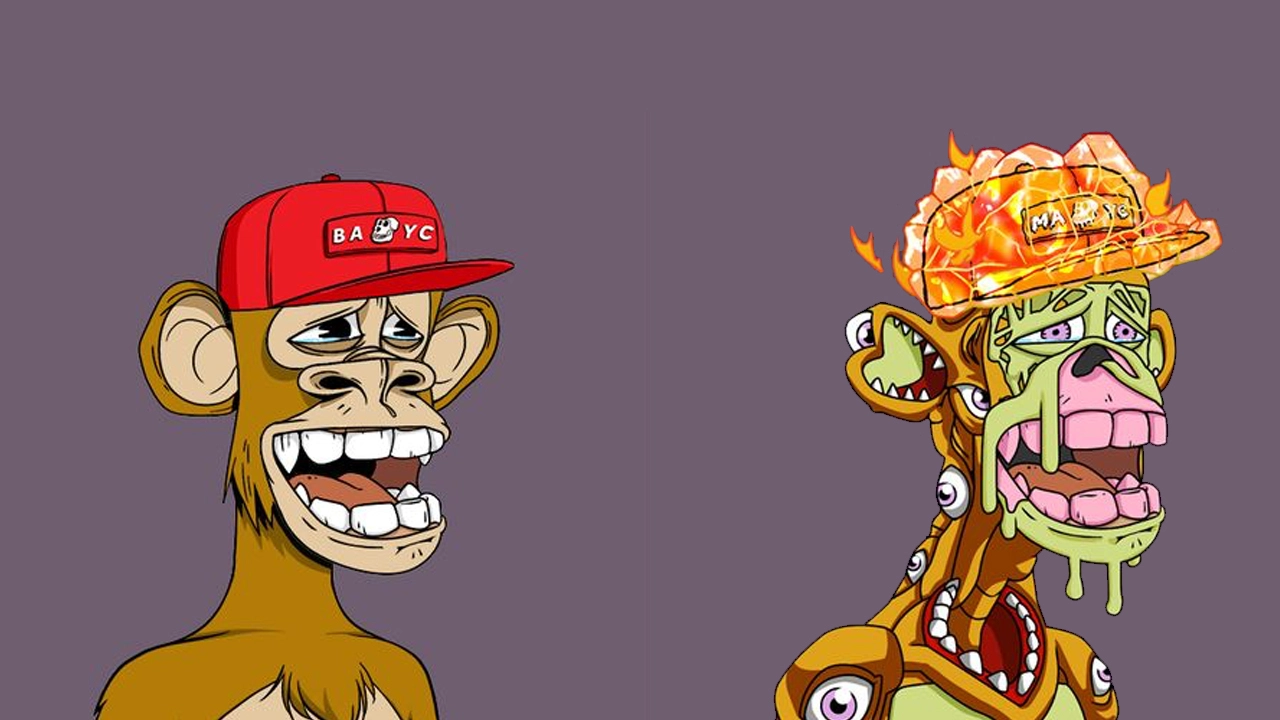
The “average sale” price suggested by the most popular NFT sites is “shockingly high,” Artist Kimberly Parker writes — several thousand dollars. According to rankings on OpenSea, the “average” price of an NFT sold on SuperRare is 2.15 ether or $5 800; the “average” price on MakersPlace is .87 ether or $2 400; and the “average” on Foundation is 1.27 ether or $3 500.
According to Kimberly Parker, the average artist will not be selling NFTs for thousands of dollars and this is mainly because of how there can be a major sale that skews the rest of the more minute sales. She makes the example that if one artist sells an artwork for about 1 million dollars and 99 other artists sell for $1, then the average will still be $10 000.
One could argue that, even if it’s only a $100 sale, that’s $100 more than the artist had before and yes, that would be true — but you still have to take into account that the already paltry returns of the primary sales are before feescollected by the platforms.
If your artwork is among the more than 1 in 3 NFTs that sold for $100 or less, Parker explains, “you can expect to have 72.5 percent to 157.5 percent of your sale deducted by fees [depending on the platform].
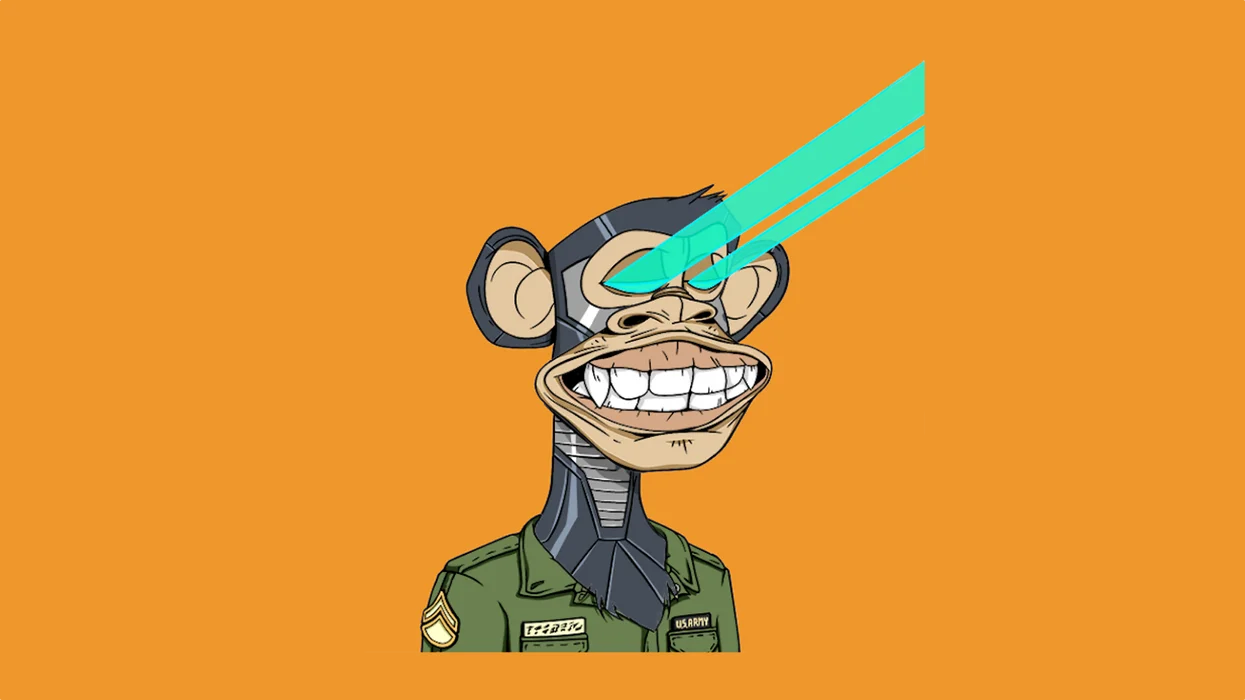
That’s an average of 100.5 percent, leaving you with a $0.50 deficit or more.” Most can expect to get nickel-and-dime. According to the stats and according to Parker, NFTs aren’t exactly the means of financial freedom like what was promised to artists.
Uhhhm… now we have a predicament.
But consider this: According to a report by Payscale, the average (or median) hourly pay for a fine artist in South Africa — including painting, sculpture or illustration — is about R119.33, with 10% of participants making about R16.49 and 90 percent making about R436.31 (but this study was only according to 42 salary profiles which is somewhat a skewed representation of the general population’s experiences).
With many artists having to do freelance work or having separate jobs to make ends meet, we have to take South Africa’s current unemployment crisis into mind as well as the state of the art sector within the country.
The unemployment rate, which includes people who have stopped looking for work, rose to 44.4 percent in the second quarter of 2021. The Youth Unemployment Rate in South Africa averaged 54.21 percent from 2013 until 2021, reaching an all-time high of 64.40 percent in the second quarter of 2021 and a record low of 48.80 percent in the fourth quarter of 2014.

On top of these harrowing stats, the constant “mishandling” of funds for artist relief programs in South Africa constantly creates setbacks for artists in the country.
Remember the 300 million rand funding that was promised to artists for the Covid relief fund that “disappeared” during March of 2021 or the R8 million that was stolen in 2018 for the living artists fund (the Living Legends Legacy Program)? Paired with the obstacles that have come about since the beginning of the pandemic, artists are finding it harder and harder to make a living from their art.
So, what does it all boil down to? If the chance of making money in real life is as dismal as making it in the NFT space, then the integrity to an extent is almost the same. People have talents whether making sh*t digitally or with some paint and a canvas BUT the reality of the world that we live in, is that both realities exist as the same time.
Even Picasso’s genius existed within the art economy matrix.
